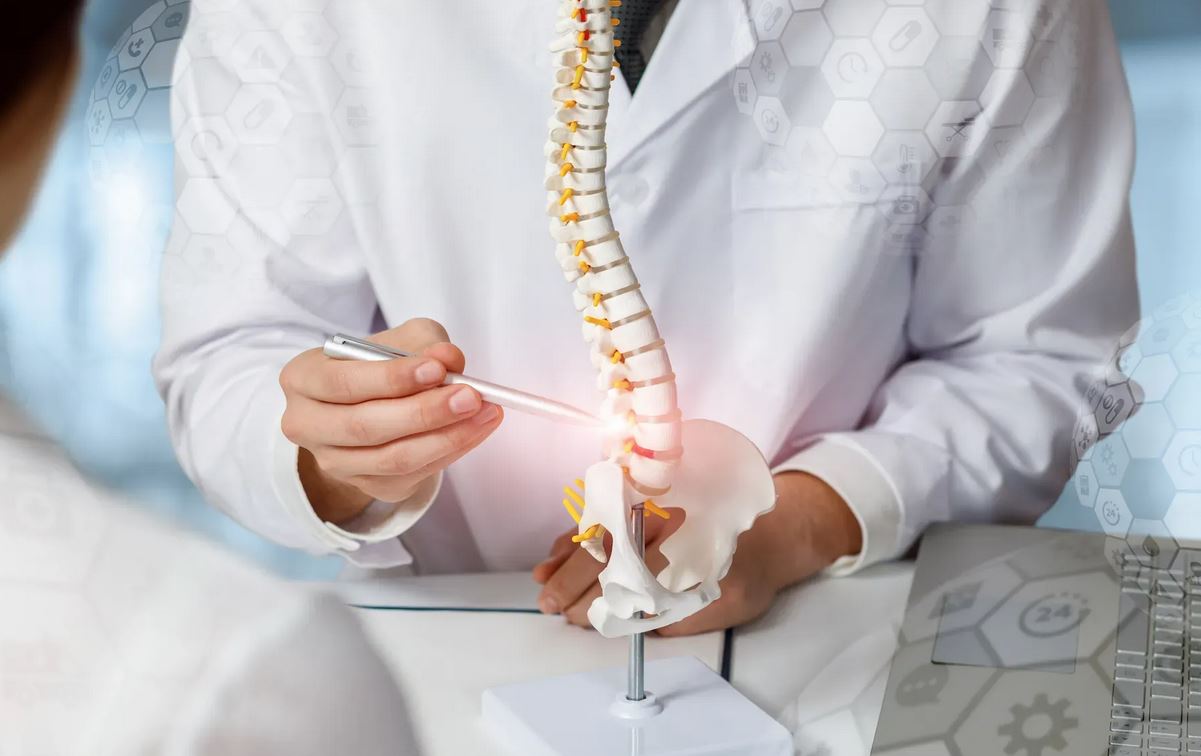
Spinal Stenosis
Spinal stenosis, characterized by narrowing of spinal spaces and pressure on spinal cord and nerves, is prevalent in the neck and lower back.
Symptoms
- Leg or arm pain or numbness
- Weakness in affected limbs
- Difficulty walking or maintaining balance
Investigation and Diagnosis
- Imaging studies like MRI or CT scans
- Neurological examination for reflexes and muscle strength
- Electromyography (EMG) for nerve function assessment
Treatment & Procedures/Surgery
- Conservative measures such as physical therapy and pain management
- Decompression surgery to relieve nerve pressure
- Spinal fusion for stability in severe cases
Can spinal stenosis be reversed?
While not fully reversible, symptoms can often be effectively managed with proper treatment.
Are there non-surgical treatments for spinal stenosis?
Yes, physical therapy, medications, and lifestyle modifications can manage symptoms sans surgery.
Does spinal stenosis only affect older adults?
More common in older individuals, but it can also affect younger people due to congenital factors or injuries.
Can exercises worsen spinal stenosis symptoms?
Properly guided exercises, especially for flexibility and strength, can often improve symptoms.
Is spinal stenosis progressive?
Progression varies; symptoms may stabilize or worsen over time.
Can spinal stenosis be managed without surgery?
Yes, many find relief through conservative measures and lifestyle changes.
Are there specific risk factors for spinal stenosis?
Age, genetics, and certain medical conditions increase the risk.
What’s the role of physical therapy in treating spinal stenosis?
It focuses on muscle strengthening, flexibility, and proper body mechanics to alleviate symptoms.




